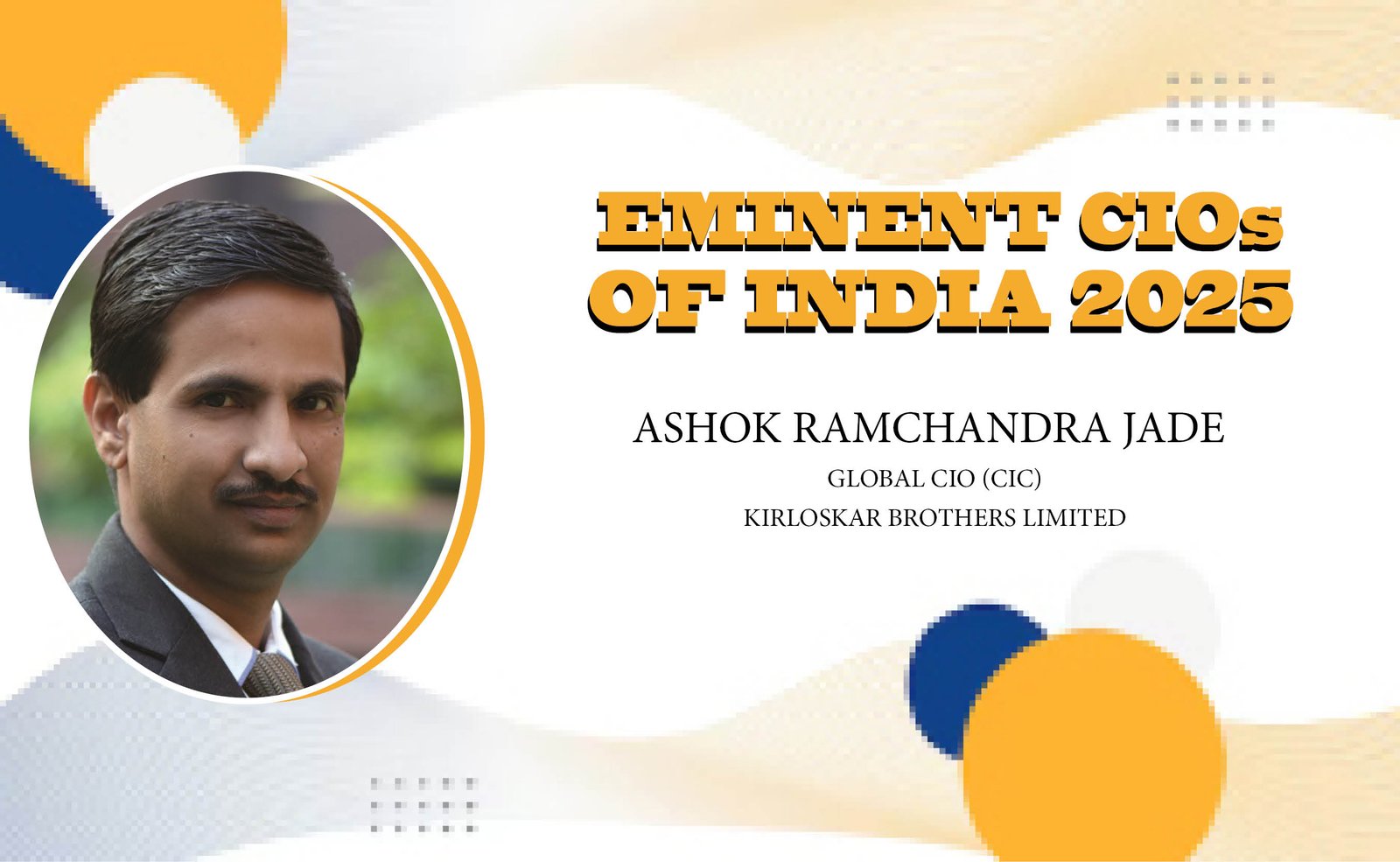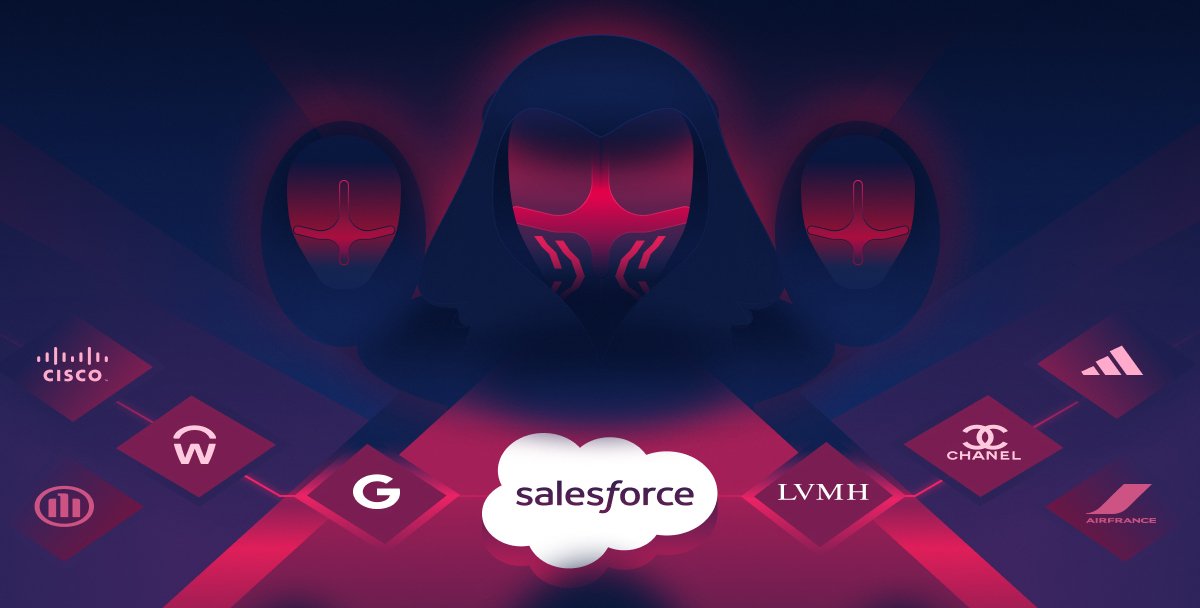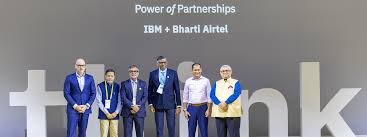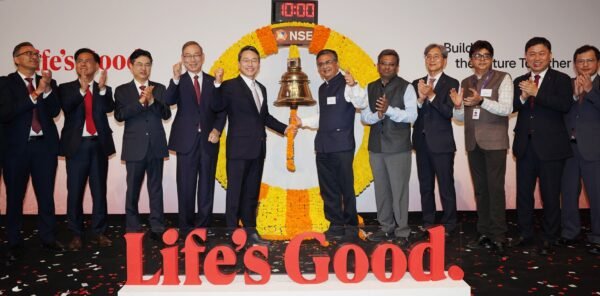Ashok Ramchandra Jade, Global CIO (CIC), Kirloskar Brothers Limited
In 2025, the manufacturing industry is undergoing a seismic transformation driven by artificial intelligence (AI), machine learning (ML), digital twins, and advanced cybersecurity. These technologies are no longer optional—they are foundational to how industrial enterprises operate, innovate, and compete in a globally interconnected and digitally accelerated landscape. CIOs in Manufacturing industries are now redefining their roles—not merely as custodians of IT infrastructure, but as strategic architects of growth, efficiency, and innovation.
Tech trends in Enterprise landscape:
While AI and ML were initially deployed to automate repetitive tasks and streamline operations, their potential has now expanded significantly. Today’s CIOs are leveraging these technologies to unlock new revenue streams, develop AI-powered product offerings, and drive data-informed decisions across design, production, and supply chains. With generative AI and digital twins, manufacturers are simulating and optimizing factory operations before physical changes are made, accelerating time-to-market and minimizing waste. Edge computing and real-time analytics are fuelling predictive maintenance, smart robotics, and autonomous quality control—ushering in a new era of intelligent and adaptive manufacturing.
Board Expectations:
As manufacturing enterprises evolve, the expectations from CIOs have shifted profoundly. Boards are no longer satisfied with IT leaders focusing solely on traditional objectives like process automation or cost optimization. The new mandate is to create enterprise value—to use technology as a lever for business model innovation, market expansion, and channel development. AI is becoming a growth engine, helping manufacturers tailor offerings to hyper-local markets, streamline global logistics, and create digital service ecosystems around physical products. At the same time, cybersecurity has taken center stage. In an industry where production lines, IP, and customer trust are constantly at risk, CIOs are moving beyond mitigation to a mindset of near-zero risk tolerance. AI-driven cybersecurity systems now detect threats in real-time, adapt to evolving attack patterns, and ensure compliance with complex international regulations. CIOs are embedding security by design into every layer of the operational technology stack—from sensors on the shop floor to enterprise cloud platforms—fostering a proactive and resilient digital culture.
Looking ahead, the CIO’s role will increasingly converge with other leadership functions such as CTOs, CISOs, and DPOs, especially as AI, quantum computing, and intelligent automation blur the lines between innovation, security, and compliance. In larger enterprises, these roles will work in close orchestration; in smaller setups, they may overlap—but clarity, independence, and governance will be crucial to managing complexity without compromising agility. The modern manufacturing CIO is no longer just enabling digital transformation—they are driving digital reinvention. Their success will be measured not only by system uptime or IT efficiency, but by how effectively they can turn technology into competitive advantage, unlock growth, and future-proof the enterprise in an increasingly






